CUTTING-EDGE
KITE ENERGY SYSTEMS
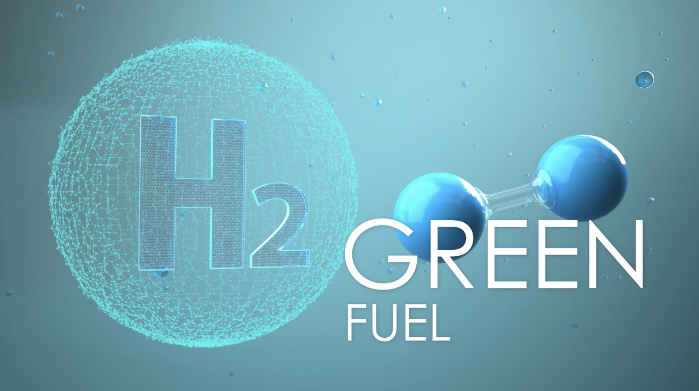






Hydrogen is an energy carrier and raw material feedstock in one. Its versatile use in combustion engines, fuel cells, as a feedstock in agriculture (ammonia), and process gas (steel, cement, chemicals) is unique. There are no unwanted emissions, only pure water. The greatest demand arises from new laws and CO2 taxes.
Applications in agriculture, industry, and mobility, especially long-distance or heavy-duty transportation, do not have the option of direct power cables, or batteries. Ships, airplanes, trucks or buses can be operated emission-free with hydrogen or e-fuel, also with electric motors. Hydrogen is indispensable.
The figures show the annual, long-term demand for green hydrogen in Germany in 20501 and its supply. This forecast is also roughly representative of other countries, regions, and worldwide.
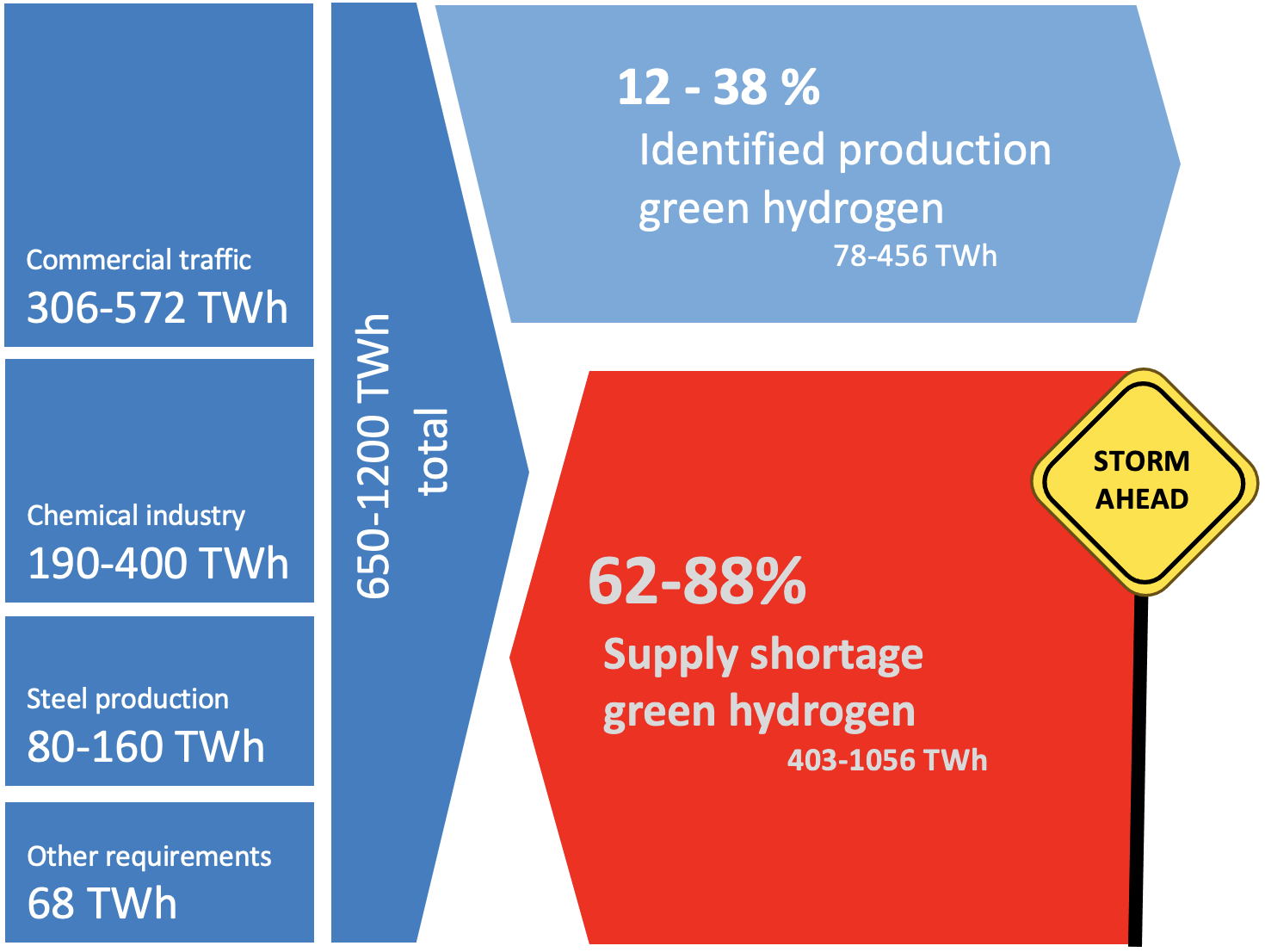
So far, only limited technologies are available to produce the necessary quantities of green hydrogen. According to forecasts, offshore wind farms near the coast or photovoltaic systems in the desert with subsequent import can only cover part of the demand.
Most of the necessary supply of green hydrogen (H2) is still unclear. New technologies will be necessary. So, yet unknown sources of hydrogen will have to be found to compensate the threat of a massive supply bottleneck.
The bottleneck is green electricity, the "RES" (Renewable Energy Source).
The KITE HYDROGEN SHIP is a scalable RES, i.e. a green power source that will meet future demand on a large scale.
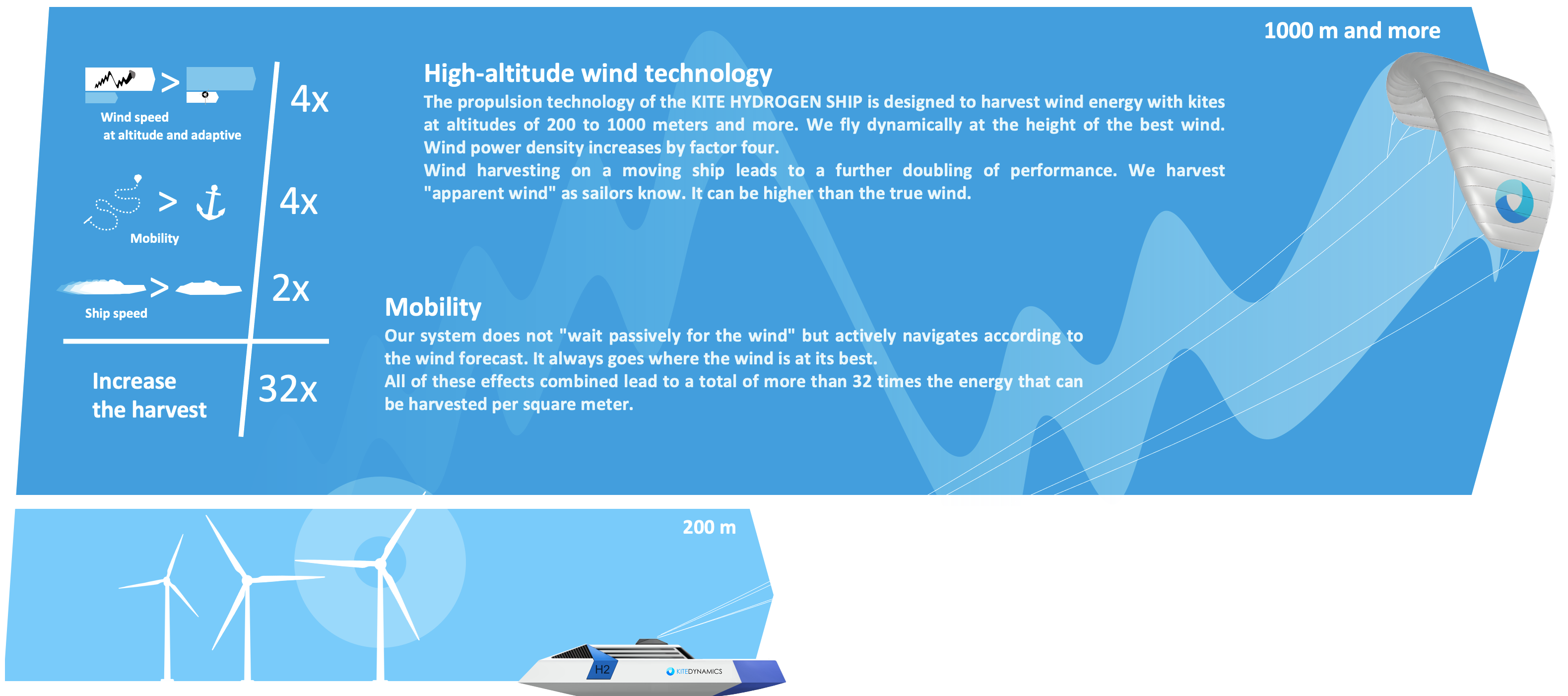
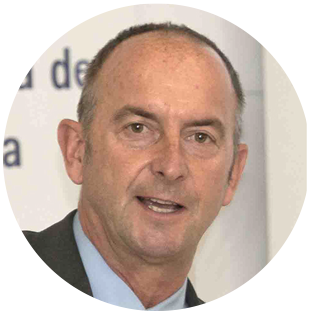
Head of Operations
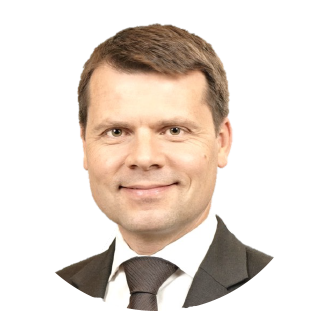
Head of Finance

Head of Technology

Head of Mechanical Engineering
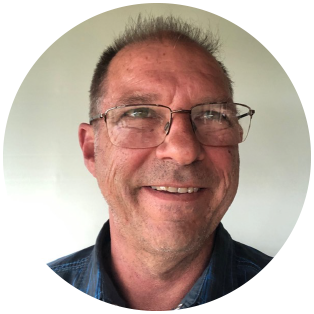
Head of Marine Technology

Head of Software Engineering
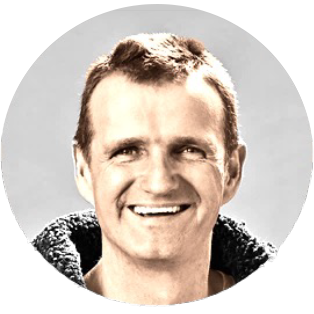
Head of Kite Development
With the exception of the Kite Propulsion system K1, the technology of the KITE HYDROGEN SHIP consists of an interlinking of existing components. These system components are divided into two clusters. The power train consists of all components that deal with the kite propulsion and the directly resulting power generation (wind-to-electron). The components of the H2/e-Fuel-Train represent the technology for hydrogen production, as well as its further processing, storage, and use on board (electron-to-molecule). Following the obligatory tests on land, the power train is ready for installation on the ZEPHYR ship. The experience gained with the prototype will be incorporated into the series product. The H2/e-Fuel Train is also ready for installation. The K1 Power Train, with its built-in generators, currently achieves 360 kW and can be expanded to 1.2 MW.

The Power-Train consists primarily of the K1 Kite Propulsion system. Optionally, underwater rotors with an additional generator can be used. The Power Train is Kite Dynamics's main innovation and, thus, the green power cable on board. Electricity from wind around the clock. A world-first and groundbreaking game changer.
The H2/e-Fuel-Train is primarily the further processing of the electricity generated on board. The process involves the deionization of seawater, the electrolysis of hydrogen from this water, and the subsequent storage of the hydrogen. A fuel cell can be used for electricity recovery, and a small battery system ensures smooth processes on board and smoothing of the electricity output. Optionally, the H2/e-fuel train can also include systems that produce green ammonia or other e-fuels. All these components are already available, and Kite Dynamics's partners provide them in a process-tested form.
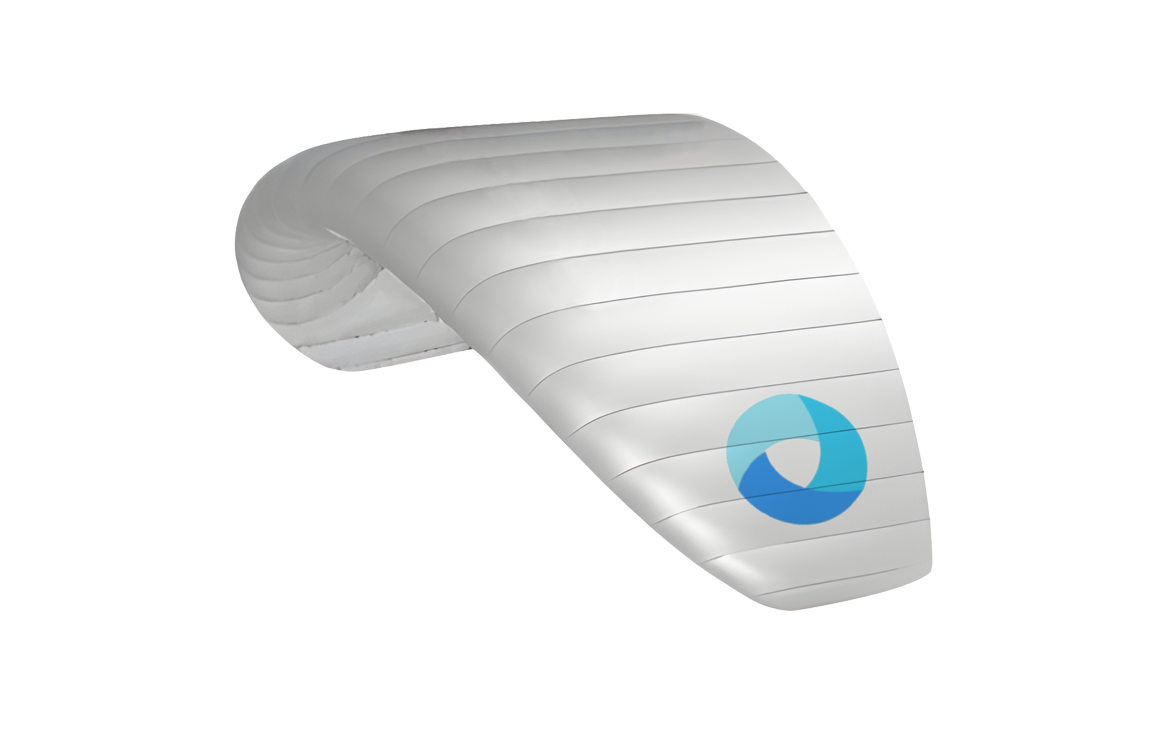
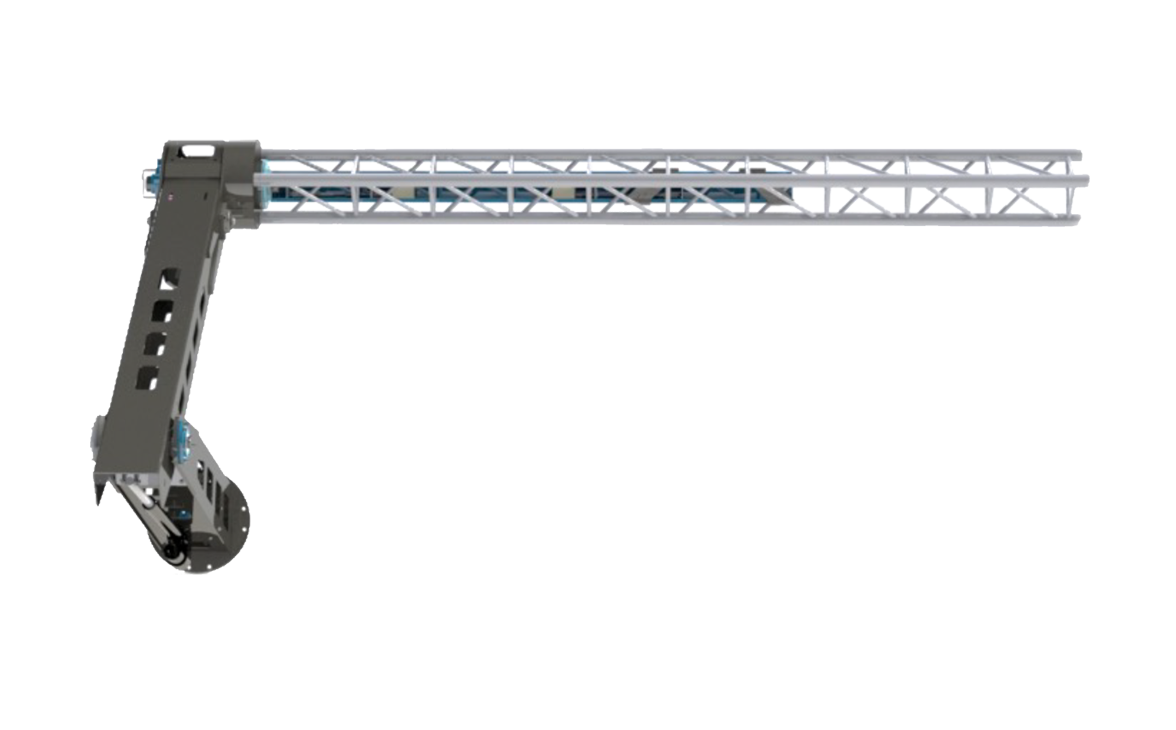
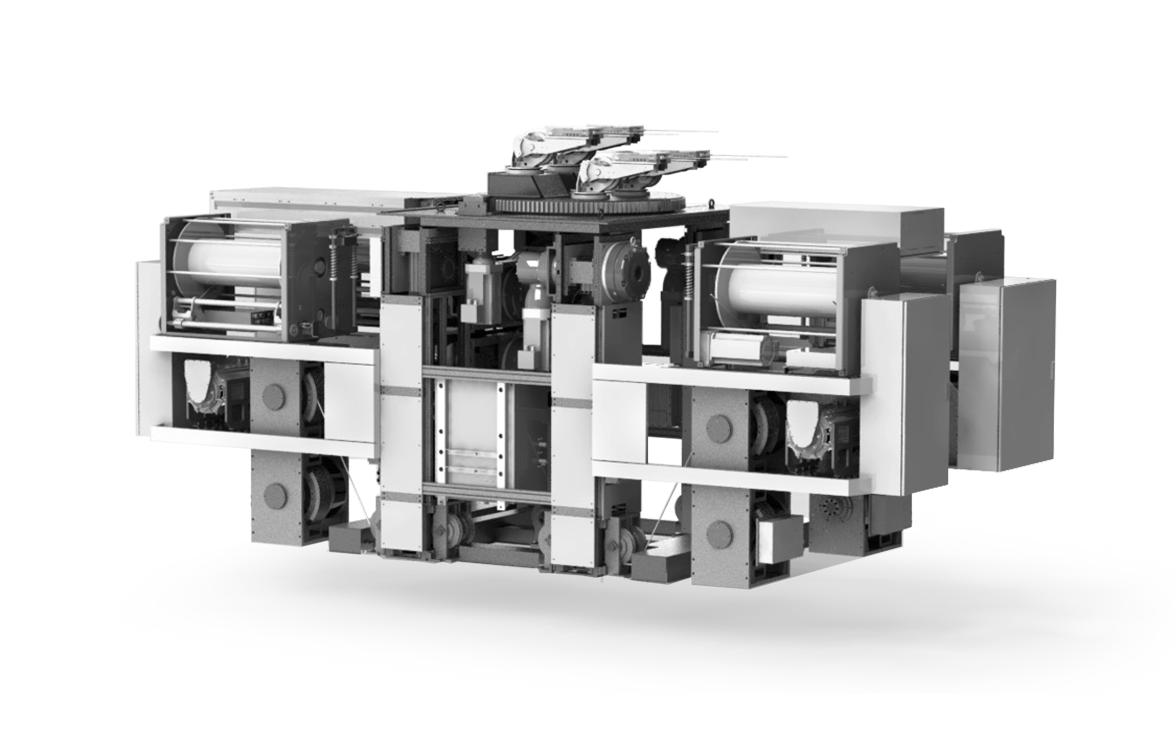
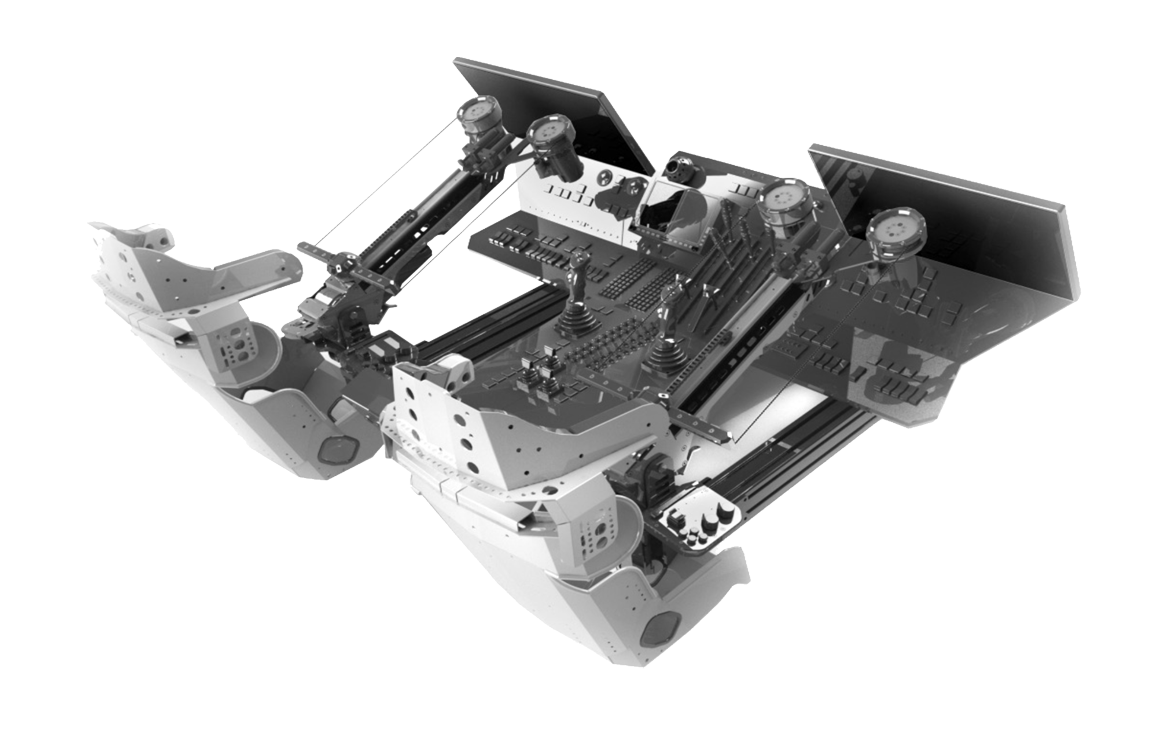
The propulsion system of the Energy Ships is a unit consisting of four subsystems. The kite control system forms the basis. This controls the high-performance kites via four ropes and is also the anchor of the system. The kite control system itself is controlled from the cockpit. This includes a specially developed force feedback control system for performance optimization, as well as several auto-pilots. It can, therefore, be flown manually or automatically, similar to the fly-by-wire technology of modern airplanes. The groundbreaking launch-land system brings kites to flight and vice versa.
PRODUCTION
= TRANSPORTATION
The KITE HYDROGEN SHIP delivers green hydrogen to any port worldwide at the lowest cost.
There are no additional transportation costs: The harvesting route is also the transportation route to ports with hydrogen or ammonia terminals.
Logistics rides along.
SQUARE METERS
= ENERGY
Any number of ships can be deployed. There is no limitation by coastal areas, but the infinite areas of the oceans.
Because they have no mast, airborne kites can be easily scaled to almost any number of square meters and thus power.
Unlimited space.
NO MAN'S LAND
= FREEDOM
Fuel production takes place in no man's land outside the 200-mile economic zone (EEZ).
There are no geographical or geopolitical dependencies on states or governments.
Independent.
CHANGE
= ADAPTATION
The production route can react flexibly to market changes or regional prices and conditions.
The KITE HYDROGEN SHIP adapts to changes in climate and wind, and long-term performance is built in.
Simply adaptive.
HARVEST
= NATURE
The Energy Ships do not destroy ecosystems or harm flora or fauna.
The KITE HYDROGEN SHIP creates no environmental concerns and does not spoil the landscape. This promotes general acceptance.
Not in my backyard.
|